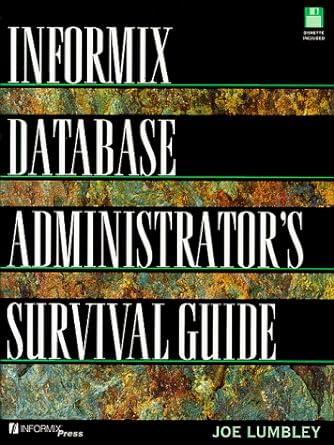Answered step by step
Verified Expert Solution
Question
1 Approved Answer
for each problem, document all steps you took to solve the problem. This can be handwritten, but must be legible for credit. If the problem
for each problem, document all steps you took to solve the problem. This can be handwritten, but must be legible for credit. If the problem states By hand', do not use any programfunction to solve the problem.
Problem
By hand, convert the binary number into a decimal number.
Problem required submission:
Handwritten or printed all steps to obtain the answers, incl. the final answers.
Problem
By hand, convert the decimal number to
a a binary number;
b a binary floating point number in engineering notation keep the exponent as a decimal number
Problem required submission:
Handwritten or printed all steps to obtain the answers, incl. the final answers.
Problem
a Develop a Matlab function decimalbinary that converts a decimal number into a binary floating point number in engineering notation. The function shall take as input the decimal number and the number of bits to be used in the mantissa excluding the hidden bit and shall output the vector containing the mantissa bits excluding the hidden bit the exponent in decimal of the binary floating point number in engineering notation, and the remainder of the transformation. Do not print out results to screen within the function.
b Using the function decimalbinary convert the decimal number to a binary floating point number in engineering notation using and mantissa bits and report the remainders.
c Why does Matlab report the remainder as when mantissa bits are used, even though infinitely many bits would be required to convert the decimal number into a binary floating point number?
Problem required submission:
Binary floating point numbers in engineering notation and their remainders;
Handwritten or printed answer to c;
Problem
Using the function decimalbinary from problem determine if a computer can tell the numbers and apart if bfloat numbers are used.
Problem required submission:
Printout of well commented script you coded included in your Gradescope submission;
Printout of supporting evidence;

Step by Step Solution
There are 3 Steps involved in it
Step: 1

Get Instant Access to Expert-Tailored Solutions
See step-by-step solutions with expert insights and AI powered tools for academic success
Step: 2

Step: 3

Ace Your Homework with AI
Get the answers you need in no time with our AI-driven, step-by-step assistance
Get Started


